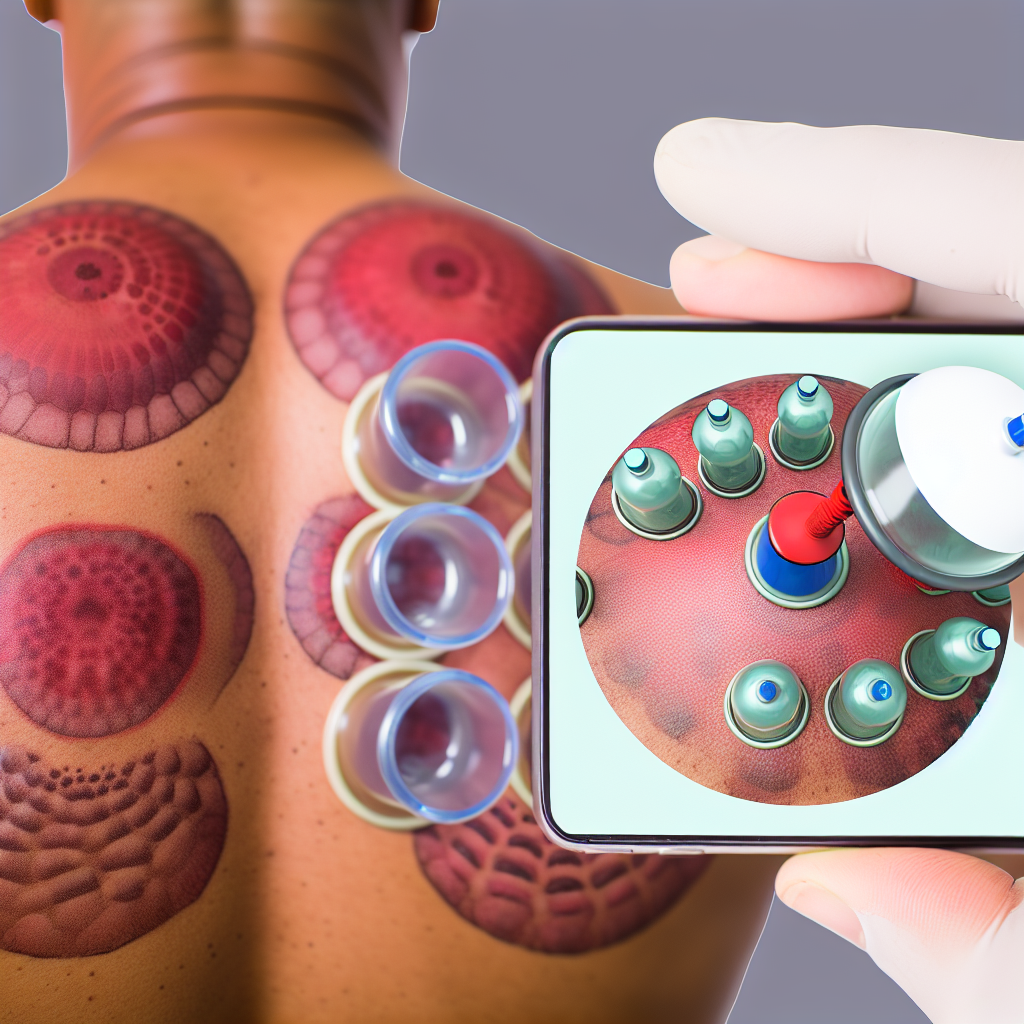Extreme cupping therapy is transforming traditional practices into a bold, contemporary health trend. Known for its intense and unconventional techniques, this form of therapy has gained popularity among those seeking alternative remedies. In this article, we will explore the origins of cupping, what makes extreme cupping unique, and its potential benefits and risks.
The Evolution of Cupping: From Traditional to Extreme Techniques
Cupping therapy has ancient roots, dating back thousands of years to civilizations such as Ancient Egypt, China, and the Middle East. Traditionally, cups made of glass, bamboo, or ceramic are placed on the skin to create suction, which promotes blood flow and relieves muscle tension. However, **extreme cupping** pushes these boundaries by intensifying the suction, duration, and sometimes incorporating unconventional tools or methods.
This evolution stems from a desire to amplify the benefits of traditional cupping—such as pain relief and detoxification—by creating more vigorous suction. Practitioners often employ **fire cupping**, where fire is used to create a vacuum, or employ **mechanical devices** that generate stronger suction forces. Some practitioners also combine cupping with other modalities like massage, scraping, or acupuncture, making it a comprehensive and immersive experience.
While traditional cupping typically involves mild suction for 5-15 minutes, extreme cupping may last longer—up to 30 minutes or more—and involve **multiple cups at once across large areas** like the back or thighs. This increase in intensity is intended to stimulate deeper tissue, provoke a more significant inflammatory response, and potentially accelerate healing, but it also raises concerns about safety and adverse effects.
Potential Benefits and Risks of Extreme Cupping
Proponents of **extreme cupping** claim that it can lead to *rapid pain relief*, *enhanced blood circulation*, and *quick detoxification*. Some users report feeling revitalized, with a boost in energy and decreased inflammation. Athletes and those with chronic muscular conditions often turn to this intense therapy as a way to recover faster and achieve noticeable results quicker.
However, the **intensity** of extreme cupping increases the risk of side effects, such as *bruising*, *skin infections*, *burns*, or even *blood vessel damage*. The negative effects are especially concerning when performed improperly or without adequate sterilization. It is crucial to seek treatment from trained and experienced practitioners who understand the nuances of advanced cupping techniques. Moreover, individuals with certain health conditions like bleeding disorders or skin infections should avoid extreme cupping altogether.
In conclusion, while extreme cupping therapy offers promising benefits through its powerful approach, caution and professional supervision are essential. Its effectiveness varies depending on individual health status and practitioner expertise. For those considering this therapy, weighing the potential benefits against the risks is vital to ensure safe and effective treatment outcomes.
In summary, extreme cupping therapy takes traditional cupping to a new level by intensifying suction and duration to boost healing and detoxification. Although it can deliver quicker, potent results, it also carries increased risks that require careful consideration and professional oversight. Whether you’re curious or seeking alternative treatment options, understanding these factors is crucial for safe practice and optimal health benefits.
